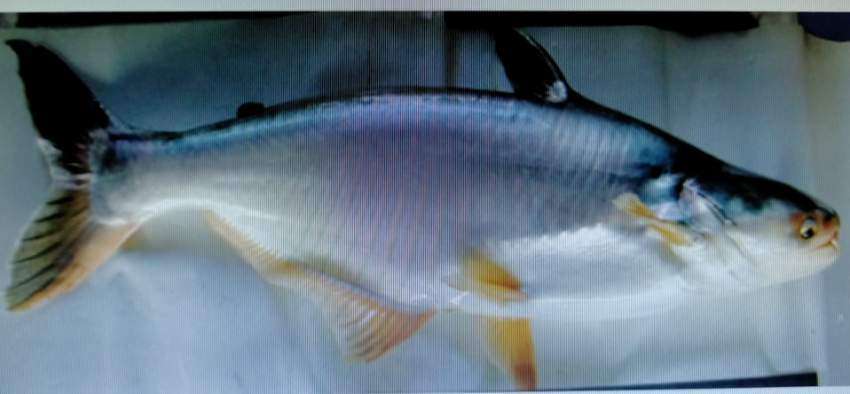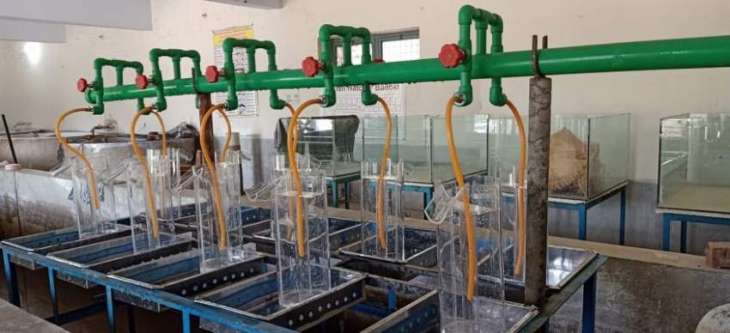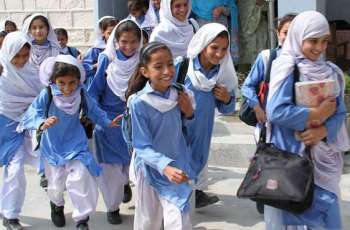The University of Veterinary & Animal Sciences, Lahore, and the Department of Fisheries Punjab jointly conducted successful induced breeding experiments on pangasius first time in Public sector at Sindhuwan Fish Hatchery, Near Head Baloki, Kasur
LAHORE (Pakistan Point News - 07th July, 2021) The University of Veterinary & Animal Sciences, Lahore, and the Department of Fisheries Punjab jointly conducted successful induced breeding experiments on pangasius first time in Public sector at Sindhuwan Fish Hatchery, Near Head Baloki, Kasur. This is another great breakthrough in the history of aquaculture industry of Pakistan after successfully developing and disseminating induced fish breeding technology of carps in 1960s and sex reversal technology of Tilapia in 2013.
The scientists of UVAS and Department of Fisheries Punjab have worked hard on local as well as exotic commercially important and high value snakehead and catfish species (Channa marulius (Sole), Wallago attu (mallee), Clarius batarachus and Clarius garipenius) and have successfully developed protocols of induced breeding.

The work on snakehead and catfish breeding has been carried out under two research projects won by Dean Faculty of Fisheries and Wildlife Prof Dr Noor Khan from HEC (Prospects of culturing and induced breeding of Pangasius in Pakistan) and PARB (Interactive effect of manipulated artificial feeds on the growth and breeding potential of Channa spp.) with the partnership of Punjab Fisheries Department.
The research team successfully developed overwintering local technology in the form of greenhouse shed built on earthen fish pond in which more than 90% survival has been obtained during winter season. The postgraduate students and staff of UVAS and Fisheries Department are now fully trained to culture, handle and breed Pangasius fish in captive condition. After developing its live and artificial feed in the country the seed of this commercially important fish will be abundantly available both at public and private hatcheries for fish farmers not only to increase their production but significantly enhance per capita fish consumption and export of this fish and fish products to international markets like Far Eastern countries (Thailand and Vietnam).




